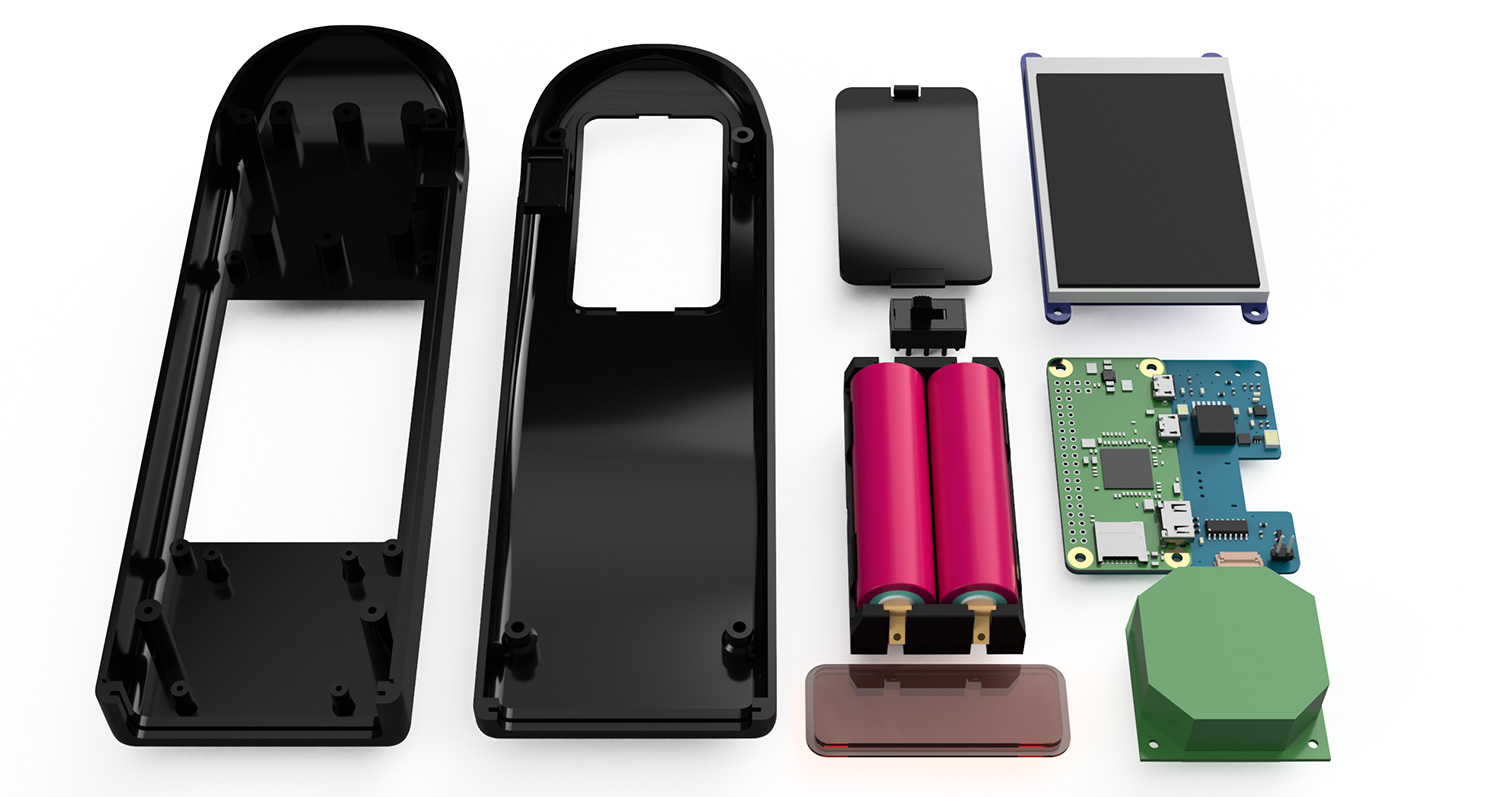

- #Advanced ip scanner raspberry pi how to#
- #Advanced ip scanner raspberry pi Pc#
- #Advanced ip scanner raspberry pi mac#
The “Port” input field now shows the value “22”.In the “Connection type” selection field, click on SSH.Write the IP address of your RevPi Flat into the “Host Name (or IP address)” input field.
#Advanced ip scanner raspberry pi Pc#
In this step we will use Putty to establish an SSH connection between your PC and the RevPi Flat. Under “Connected Devices” (or similar depending on the router) you will find your RevPi Flat. You have to log in to the web interface of your router. If you can”t find the IP address this way, you can alternatively find the IP address in the DHCP server of your router.
#Advanced ip scanner raspberry pi mac#
If you have more than one RevPi product on your network, you can identify the device you are looking for by comparing the MAC address on the front of the RevPi with the results of the Advanced IP Scanner. Tip! Advanced IP Scanner also shows you the MAC address of the devices. The results are displayed in the results list:

NOTE You may find other methods of using monitor mode on this Forum.In the headless operation described here, only the command line input is available to you as a user interface.ĭownload these programs and install/save them on your PC:
#Advanced ip scanner raspberry pi how to#
See Prevent dhcpcd from configuring an interface and Predictable Network Interface Names in How to set up networking/WiFi There is no reason to ever use pre-up or similar. Use of /etc/network/interfaces is discouraged in Raspberry Pi OS, although it CAN be used for an interface (such as monitor mode) if you add denyinterfaces … to the end of /etc/nf (but above any other added interface lines) to prevent dhcpcd from attempting to configure it. This avoids a race condition which can result in the wrong interface being configured. I suggest you Enable predictable network i/f names in the Advanced option of raspi_config. The internal WiFi will ALWAYS be wlan0 - there is no possible confusion, although it is possible to create a udev rule. The normal Linux approach is to use Predictable Network Interface Names.

"it either switches my wlan0 and wlan1" this is normal, interface names are assigned in the order they are enumerated and there is no (simple) solution. This is not an Answer to all the Questions you asked, but may help. I have attached a few screenshots below showing this approach first being the result of the config command.Īny help with this issue would be much appreciated. Once I do this though the interface does not pick up any packets(i tried changing the channel but am unable to do so as an error is brought up which says device or resource busy), maybe I am misunderstanding how this works. I have also tried setting up a monitor interface by running the sudo iw phy phy1 interface add mon1 type monitor command and then doing ifconfig mon1 up to start it up. The OS installed is Rasbian (using os configured from sd card from canakit). Is there a reason it is having this behaviour? It saves correctly but on reboot it either switches my wlan0 and wlan1 (onboard wifi and realtek adapter) or it won't boot in general. Pre-up iw phy phy1 interface add mon1 type monitor When I get to the step that says to edit the i/etc/network/interfaces config file and add the entry : allow-hotplug wlan1 The wifi adapter I am using is a realtek adapter that uses the RTL8188EUS chipset and says that it supports monitor mode when I run commands.

I am brand new to raspberry pi and have been trying to follow a few tutorials to try to set it up as a network scanner (, ) for a school project.


 0 kommentar(er)
0 kommentar(er)
